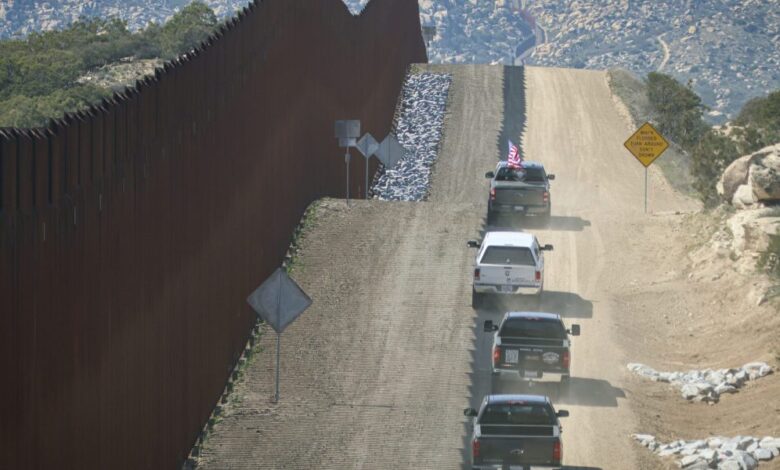Migrants Forge New Routes to Reach U.S. Border

In an extraordinary surge of migration, individuals from far-flung countries, such as Senegal, are attempting unconventional routes to reach the United States. Faced with record-high arrests for illegal border crossings, the U.S.-Mexico border is witnessing an influx from more than 100 countries, with only a quarter of arrests being Mexicans. Senegalese migrants alone accounted for 20,231 arrests from July to December, marking a significant tenfold increase compared to the same period in 2022.
The new route gaining attention involves flying to Nicaragua and then making the rest of the journey illegally by land to Mexico’s northern border. This alternative path became widely known through social media and apps like WhatsApp and TikTok, with savvy travel agents facilitating the arrangements. The journey, challenging from the outset due to the limited visa-free options for Africans in the Americas, involves connecting flights through Istanbul or Madrid, stops in Bogota, Colombia, or San Salvador, El Salvador, before reaching Managua, Nicaragua. From there, migrants often engage smugglers to reach the Honduran border or arrange the entire trip to the U.S.
The surge in migration from countries like Senegal is attributed to social media posts and the spread of information through networks. Similar spikes have been observed in other West African nations, with Mauritanians and migrants from Ghana and Gambia also making their way to the U.S.-Mexico border in notable numbers.
Despite challenges, such as political turmoil in Senegal and a fee imposed by El Salvador for citizens of certain countries transiting the airport, migrants are determined to reach the United States. The backlog in U.S. immigration courts, with more than 3 million cases, allows many to stay in the U.S. for years while pursuing asylum claims.
The Nicaraguan government’s response to this surge remains uncertain, and the U.S. State Department has called on Nicaragua to play a responsible role in managing hemispheric migration. As migrants embark on these unconventional journeys, they face risks, obstacles, and uncertainty, but the hope for better opportunities in the United States remains a driving force.



